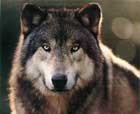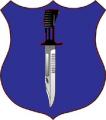When budgets and personnel accessions get tight planners at DA DCSOPS probably also have a role in killing off special-purpose programs that siphon off funds and personnel, seeing them as being nice to have but not absolutely essential. For decades Special Forces had to fight against that mindset.
















Bookmarks